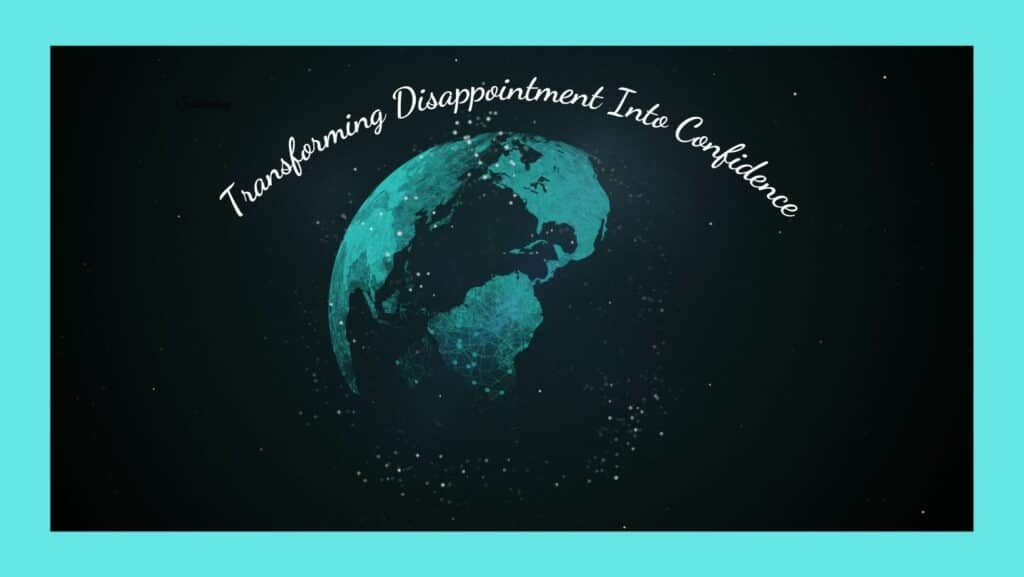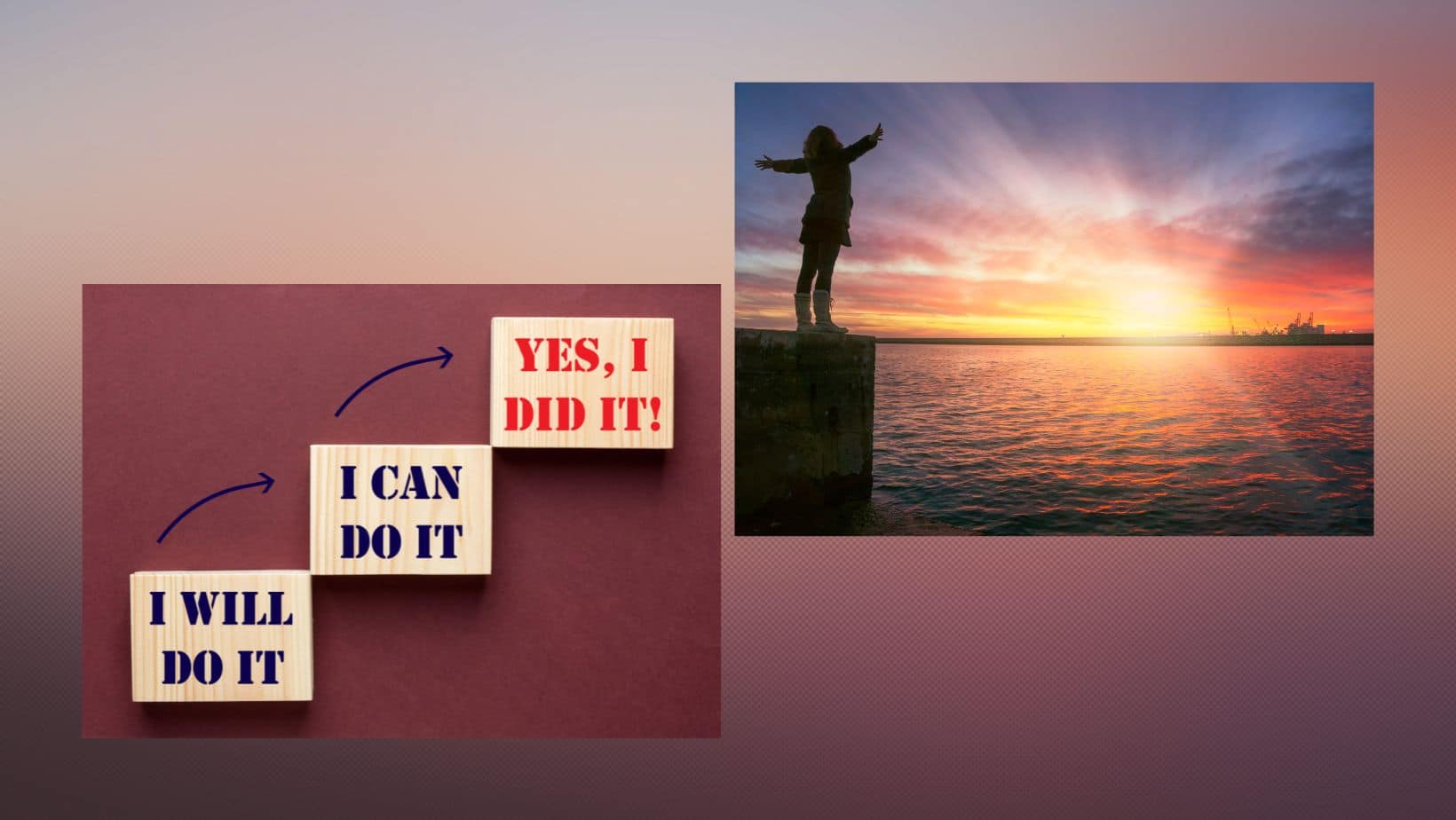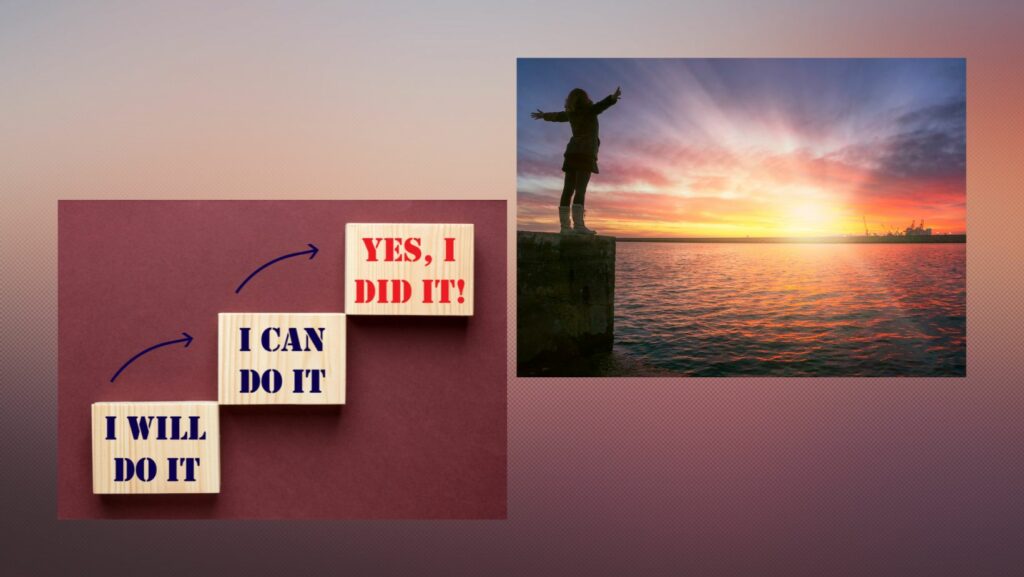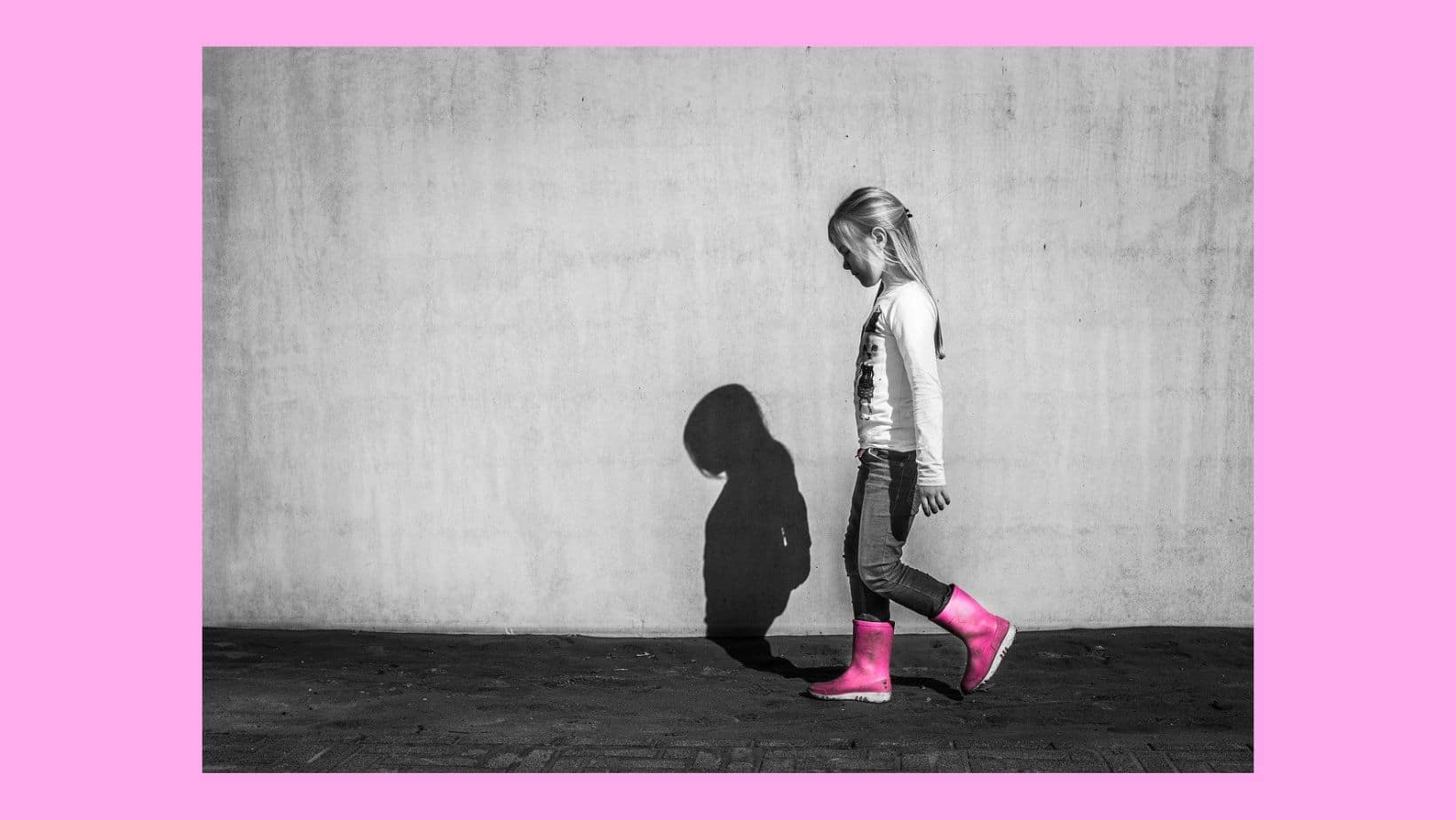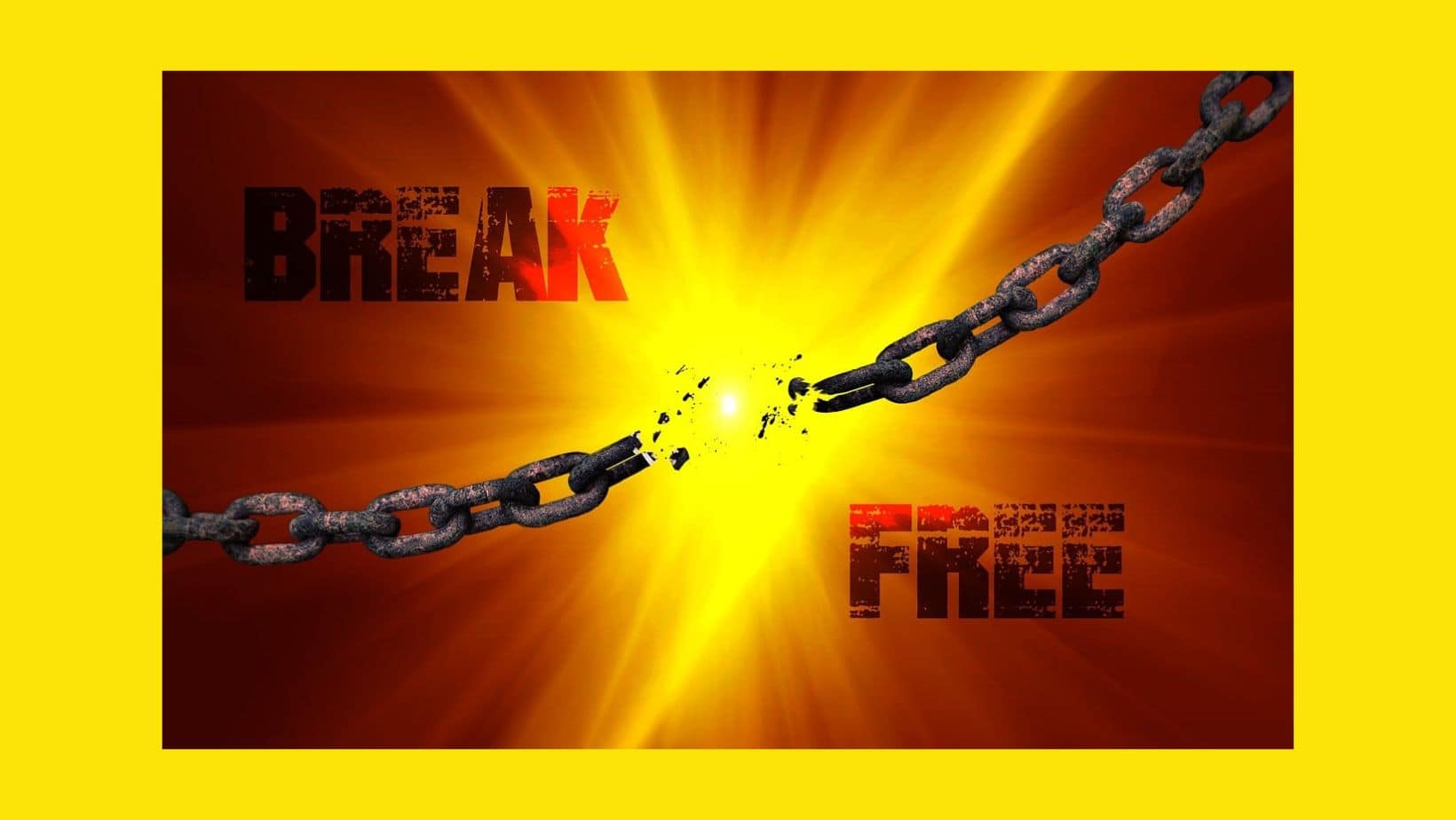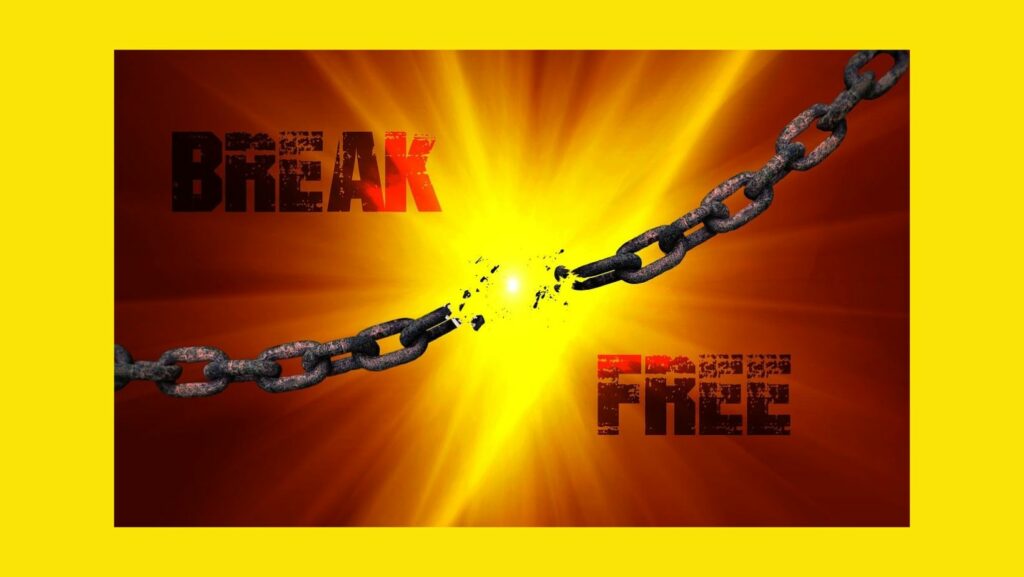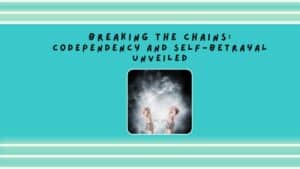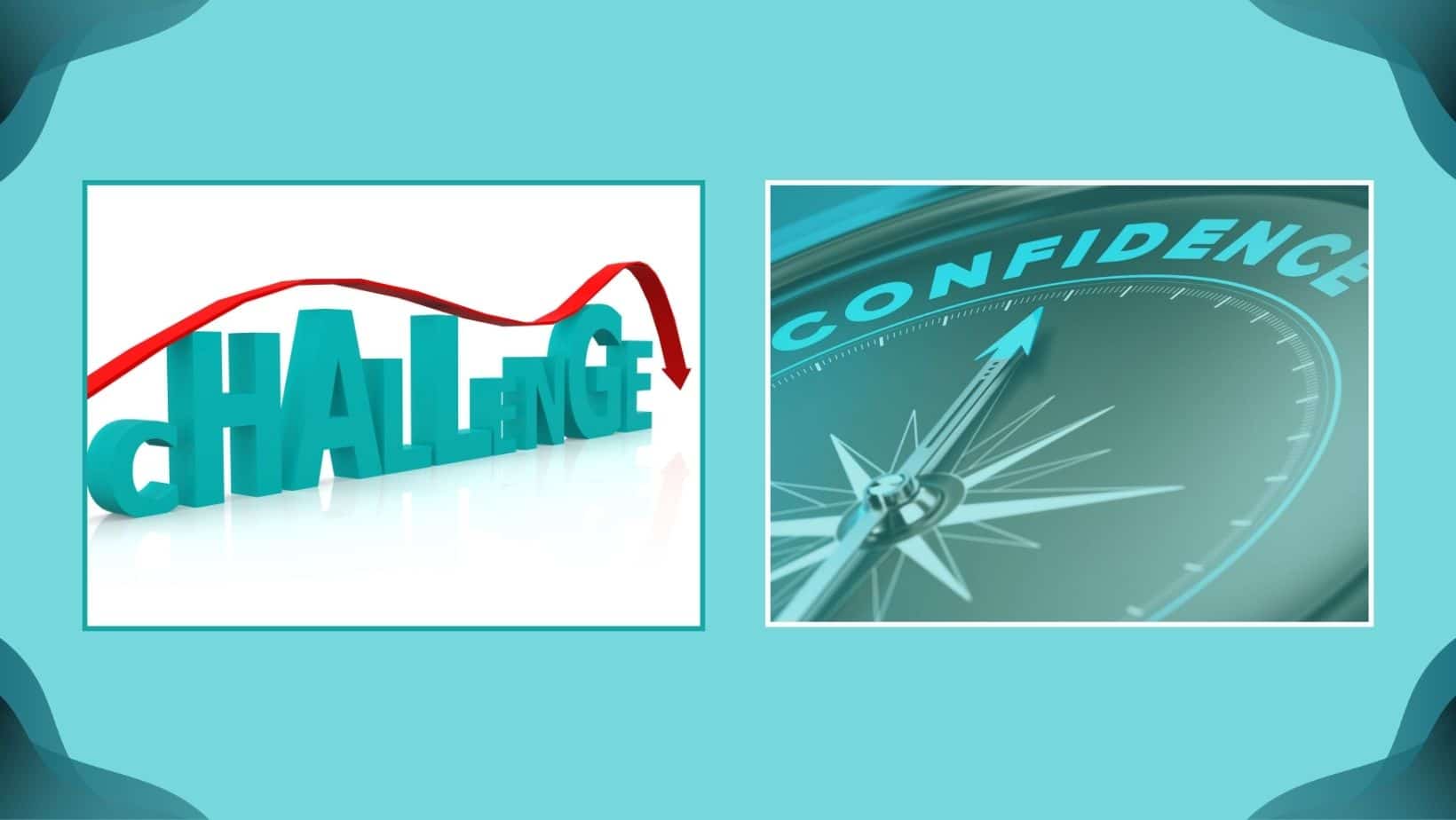
Navigating New Challenges with Confidence

Navigating New Challenges with Confidence
Embarking on a new venture, whether creating, learning, or venturing into uncharted territories, is an exhilarating but challenging experience. Over the past two weeks, I immersed myself in making the inaugural episode of my podcast, “From the Shadow to the Light.” Amidst disappointments and challenges, I’ve gained invaluable insights on navigating the journey from frustration to confidence. Join me as I share this transformative journey.
Creating something new is lined with challenges, and it’s easy to fall into disappointment and frustration. Yet, as I recently experienced while crafting the first episode of “From the Shadow to the Light,” overcoming these obstacles can lead to a profound sense of accomplishment.
Here’s a guide on navigating the journey, ensuring you emerge with newfound confidence in your ability to conquer any task you set your mind to.
Embrace the Learning Curve: Embarking on a podcasting journey or anything new is stepping into the unknown. Embrace the learning curve, recognizing that every challenge is an opportunity to acquire new skills and knowledge.
Convert Disappointment into Determination: Frustration is inevitable, especially when things don’t go as planned. Instead of dwelling on disappointment, channel that energy into determination. Use setbacks as stepping stones for improvement, acknowledging that growth often arises from overcoming obstacles.
Seek Guidance and Support: Podcasting, like life, is a collaborative effort. When faced with challenges, seek guidance. Reach out to mentors, join communities, or seek online forums where you can share experiences and gather insights. Knowing you’re not alone in your struggles can be a powerful motivator.
Shift Your Perspective on Problems: Problems are not roadblocks; they are opportunities to shift your perspective. When faced with challenges, view them as puzzles to solve rather than insurmountable barriers. This shift in mindset can turn problems into catalysts for creativity.
Break Down the Task: Overwhelm often contributes to the desire to give up. Break down your creation into smaller, more manageable tasks. Celebrate small victories as you go, recognizing that progress is achieved one step at a time.
Learn from Mistakes: Mistakes are not failures but lessons in disguise. Analyze what went wrong, understand the root causes, and use this knowledge to avoid similar pitfalls in the future. Every misstep is an opportunity for growth.
Celebrate Achievements, Big and Small: Amid challenges, take a moment to celebrate achievements, no matter how small. Recognizing your progress fuels a positive mindset and instills confidence that you’re on the right path.
The journey from frustration to confidence is transformative. As I navigated the complexities of crafting my podcast’s first episode, I learned to appreciate the resilience I gained from facing challenges head-on and the importance of shifting my perspective on problems. Remember, with determination and the right mindset, you can overcome any challenge and emerge more confident on the other side.
If you have trouble walking through these steps to get to the other side, schedule your complimentary 1-hour Discovery call for your next best steps and roadmap.
It’s my honor to create a plan with you that leads to a higher version of yourself.
And, if you’d like to listen to “From the Shadow to the Light,” where you can hear firsthand how perseverance led to creating something meaningful, please email me or text 302-229-3446. I’d be delighted to send it to you.


